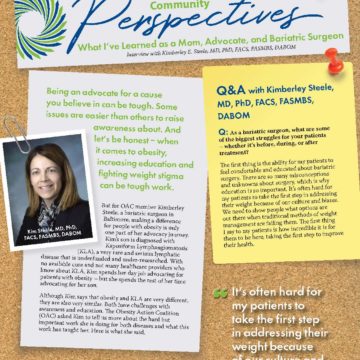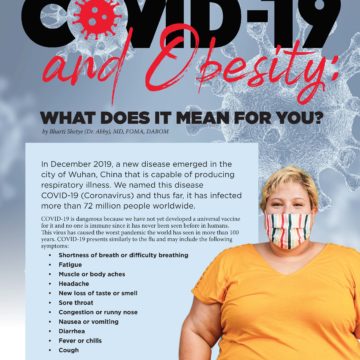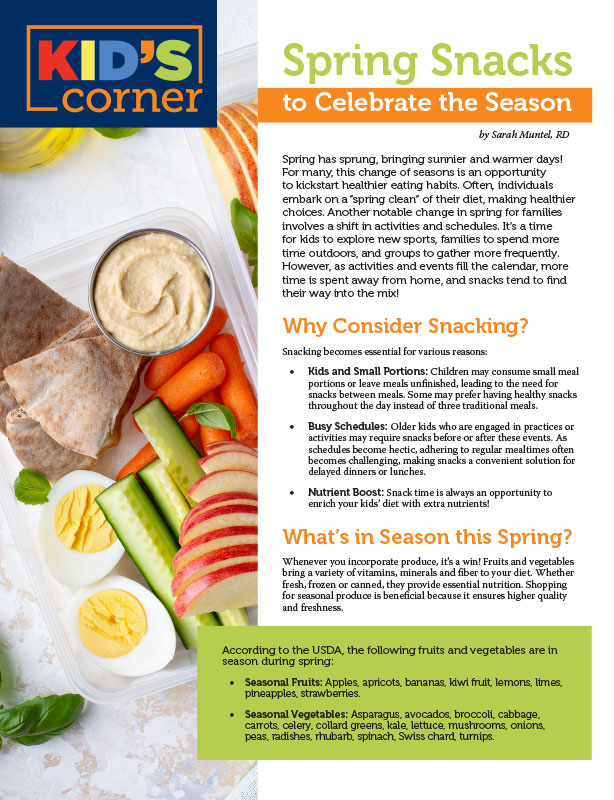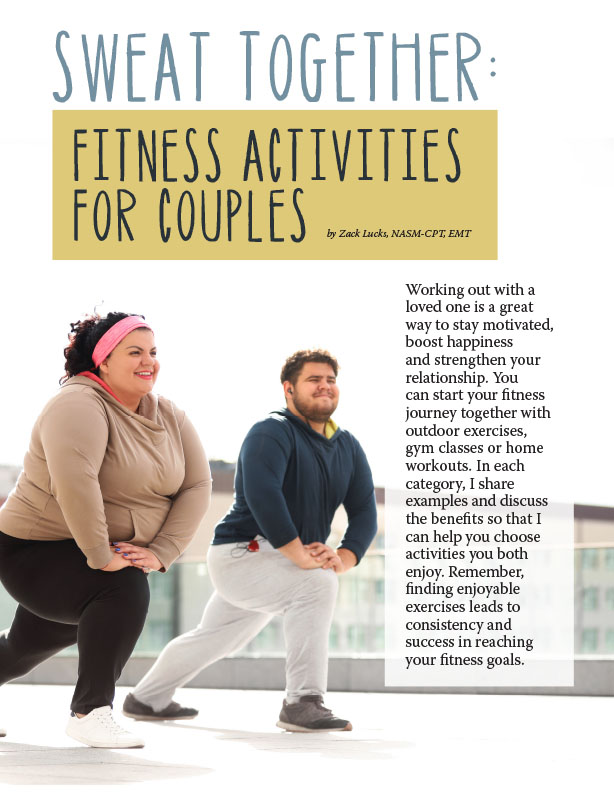Dealing with Hunger After Exercise

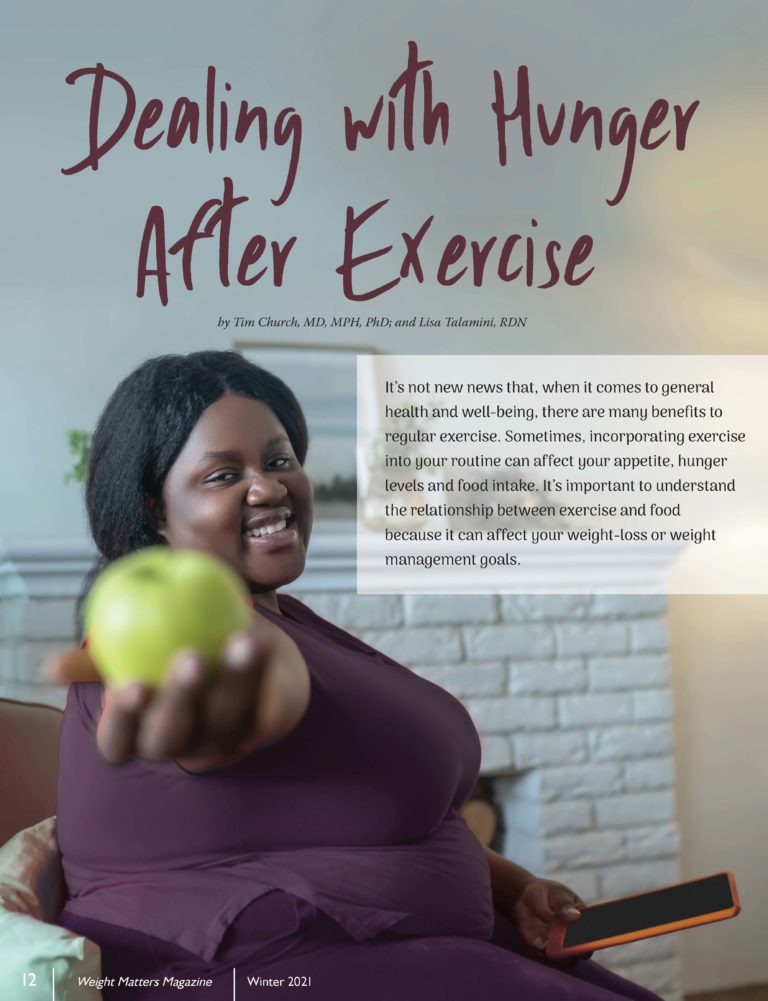
by Tim Church, MD, MPH, PhD; and Lisa Talamini, RDN
Winter 2021
It’s not new news that, when it comes to general health and well-being, there are many benefits to regular exercise. Sometimes, incorporating exercise into your routine can affect your appetite, hunger levels and food intake. It’s important to understand the relationship between exercise and food because it can affect your weight-loss or weight management goals.
Understanding Your Hunger Levels
It is not uncommon for a doctor to hear one of two opposite statements from a patient: “After exercise, I have no appetite,” or “Exercising leaves me starving!” Your hunger and appetite can vary depending on what type of individual you are.
According to the exercise training data:
- 10% of people eat less in response to exercise
- 75% of people eat a little more in response to exercise
- 15% of people eat a lot more in response to exercise
The 3-Step Plan
There are three steps that you should take to understand your appetite and hunger levels in relation to exercise.
- Be aware
- Tune-in to your body
- Utilize strategies that will help you understand and manage your hunger
Being aware of what can be causing your change in hunger levels can help you understand if you need to change anything about the way you’re exercising. While exercise can affect your eating habits, there could be other aspects of your life that are affecting them as well. Don’t assume that exercise is the sole reason for your hunger levels increasing or decreasing.
Tuning in and paying attention to your hunger levels before, during and after exercise can tell you if you need to adjust your exercise routine or the intensity of your workout. This can mean substituting weight lifting for aerobic exercise or changing the amount of time you exercise for.
If exercise is the reason your hunger levels are changing, try utilizing the below strategies to understand and manage your food intake.
1. Tune into Your Post-Exercise Hunger Cues
After completing a workout, check in with your hunger cues. There are various scales out there, but to keep it simple, I use a level system (one – four). A level one means you’re not particularly hungry and a level four means you’re extremely hungry. Level two means you’re hungry but not ready to eat. Level three means your stomach is growling and starting to feel empty. After an intense workout, it is common to feel like your hunger level is at a two or three. This means you will need about 30 minutes after your workout for your body and hunger levels to adjust.
2. Separate Thirst from Hunger
It’s easy to confuse hunger with thirst, especially after a workout. Before you eat, have a long pull on your water bottle, wait 15 minutes and re-gauge your hunger level. You might find that you need food, but not as much as you first thought.
3. Let Go of Food Rewards
If you have the urge to treat yourself to a fancy muffin with your morning coffee because you just worked out, think again. Don’t sabotage your workout with a food reward. The reality is that a 40-minute aerobic workout may burn only 400 calories and this can be easily undone by a 350-calorie muffin that you were not hungry for in the first place. A single episode of exercise-based reward eating is harmless enough – but when repeated often, it can become a daily habit of extra calories that can short circuit your weight management efforts.
4. Focus on Filling Foods
Filling foods are ones that satisfy your hunger with fewer calories. This includes foods that are high in water or fiber such as fruits, vegetables and whole grains. Water adds bulk while fiber fills up space in your stomach and takes longer to digest. Protein-rich foods like beans, fish, poultry and reduced-fat dairy are more satisfying because they take longer to digest and therefore keep you full for longer.
5. Savor Your Satisfaction Signals
Just because you’re not eating to reward yourself after a workout doesn’t mean you can’t enjoy the pleasure of eating. In fact, mindful eating is its own reward. Instead of relying on an app or technology to tell you what is “enough,” listen to your satisfaction signals. Slow down to notice the flavors, aromas and textures of your food. Consciously chew every bite and allow your brain the 20 minutes it takes to register fullness. With practice, you might be surprised to see how much less you eat and how much more satisfied and energized you feel as a result.
Here are some easy post-workout food combos that include fiber and protein:
8 oz. Greek yogurt,
1 cup berries and
2 tbsp. sliced almonds
1/3 cup hummus with 1 cup carrot sticks
2 tbsp. peanut butter and ½ sliced banana on multi-grain bread
2 oz. turkey with lettuce, tomato and mayo on a small roll
2 reduced-fat mozzarella sticks with apple wedges and 5 whole grain crackers
1 hard-boiled egg on whole wheat toast, topped with 1/8 of an avocado
½ cup oatmeal with a nonfat milk/protein-rich milk alternative and 2 tbsp. raisins
Conclusion
In summary, regular exercise promotes better health, can contribute to weight-loss and is essential to weight maintenance. However, it can also impact your appetite and hunger levels, so it’s important to know your individual response to exercise. Tuning into your eating habits in response to exercise can help you to manage your hunger. Using the strategies and tools mentioned above can help you stay active and succeed in your goals for weight management or weight-loss.
About the Author:
Tim Church, MD, MPH, PhD, serves as the Chief Medical Officer of Naturally Slim, a digital counseling program that teaches participants simple skills for changing when and how they eat instead of what they eat. In addition, Dr. Church is an adjunct professor at Pennington Biomedical Research Center at Louisiana State University and has contributed over 260 peer-reviewed research publications, many of which are focused on exercise, weight and health. Dr. Church is also a returning speaker at the Obesity Action Coalition’s Your Weight Matters Convention & EXPO.
Lisa Talamini, RDN, is Senior Director of Behavioral Health and Nutrition at Naturally Slim, where she is passionate about translating science into simple, practical strategies to help empower individuals to achieve their personal health goals.
by Sarah Muntel, RD Spring 2024 Spring has sprung, bringing sunnier and warmer days! For many, this…
Read Articleby Yelena Kibasova Spring 2024 The fitness world is evolving, with new trends and innovations that promise…
Read Articleby Zack Lucks, NASM-CPT, EMT Winter 2024 Working out with a loved one is a great way…
Read Article




